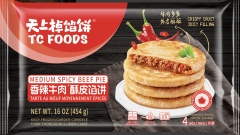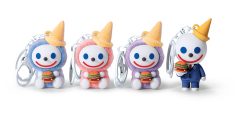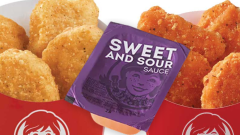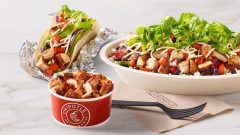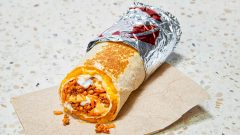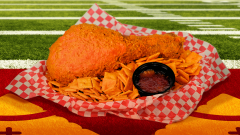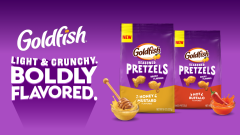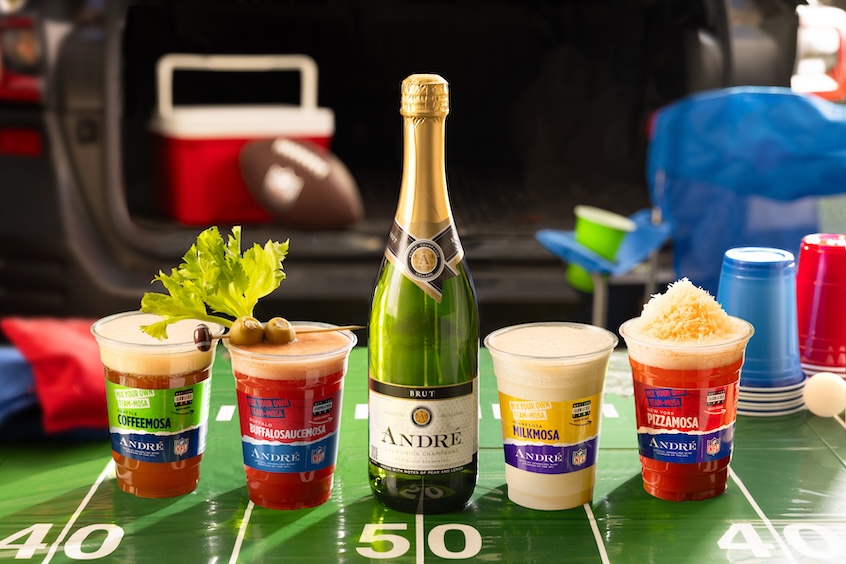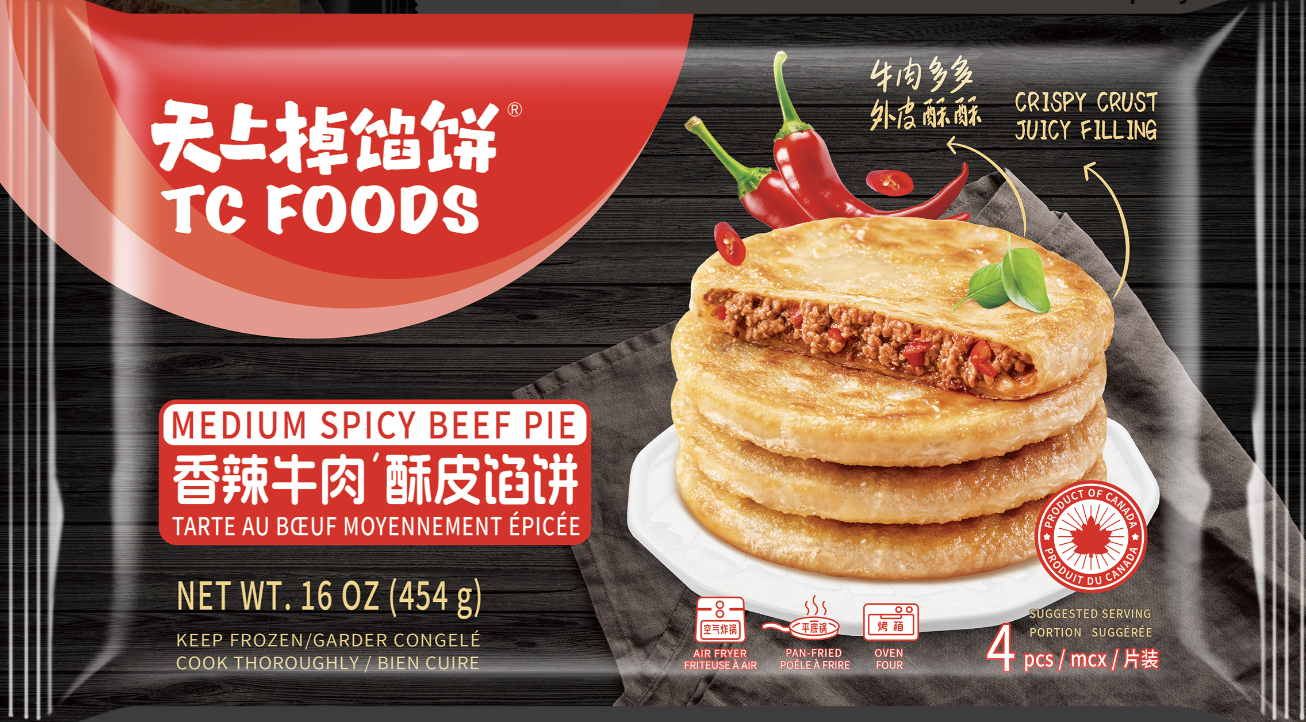McDonald’s Fries: Why Do Some Countries Use Natural Beef Flavoring And Others Don’t?
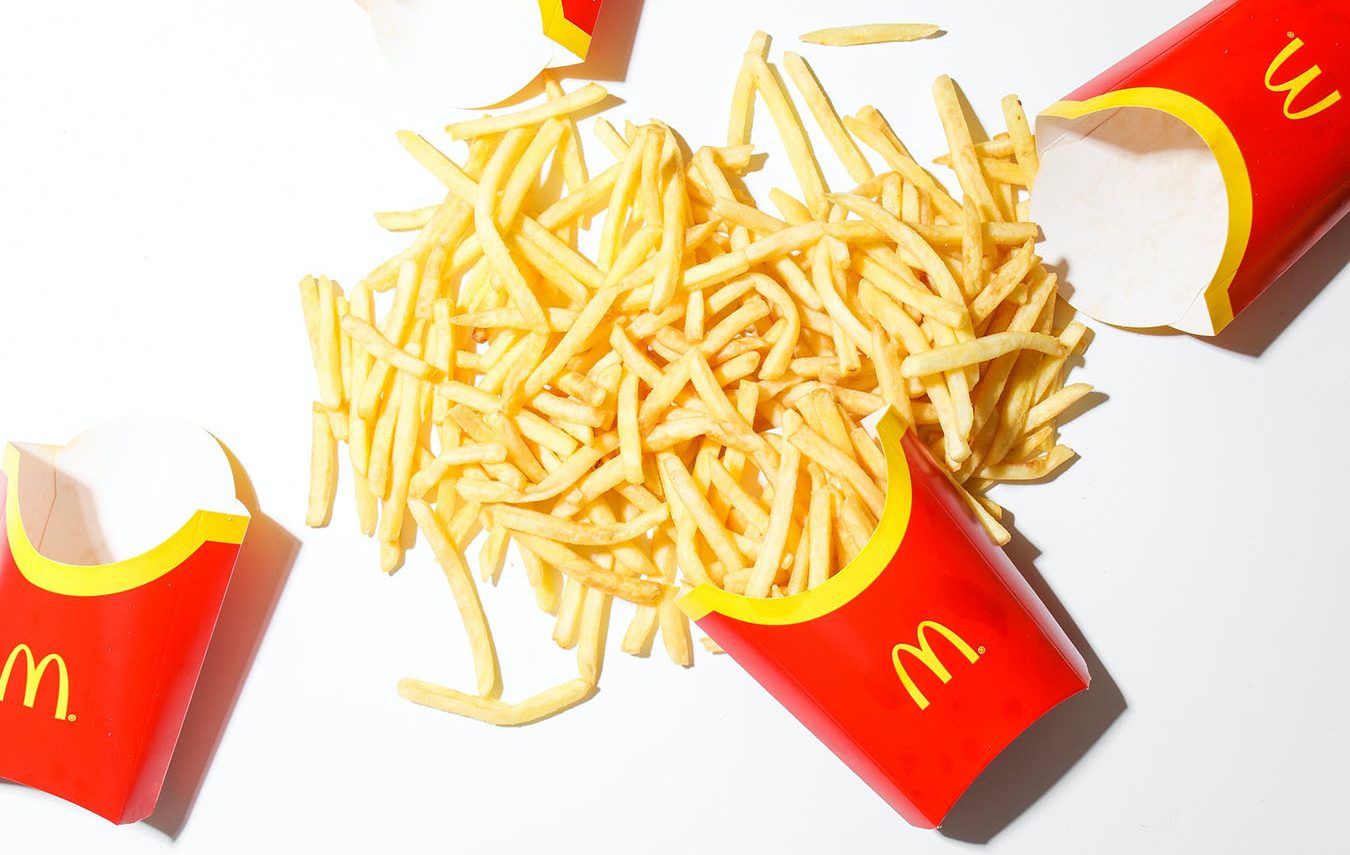
With one of the most beloved French fries in the world, McDonald’s golden and crispy tates are stuff of legend. They’re made of premium Russet Burbank and Shepody potatoes, have 0 grams of trans fats per serving, and are arguably the fast food chain’s most popular menu item.
But did you know that there’s an actual science behind the addictiveness of McDonald’s fries? It begins with smell, which is the first alluring indicator that induces your hunger pangs.
Originally, McDonald’s cooked their fries in rich and savory beef tallow because they couldn’t afford vegetable oil at the time. The beefy-infusion was responsible for their iconic fry flavor; the taste they would aim to recapture with each subsequent iteration. In time, saturated-fats became a public health concern, so to avoid losing customers, they were forced to use vegetable oil.

The switch only delayed the inevitable, as the taste and texture were so different, customers began complaining. In addition to that, vegetable oil soon found itself facing the same criticisms that beef tallow experienced, pushing McDonald’s to change again, this time to natural beef flavoring. Their attempt at achieving the delicious heights of the OG fries continued with a change to soy-corn oil in 2002, and another to trans-fat-free oil in 2007. The latter is still used to this day.
Strangely enough, things get very curious when you compare how McDonald’s fries are made from country to country. While some places vie for the time-tested beef-flavored version, others forego the meaty taste altogether and use different ingredients. According to Fox 10, beef flavoring isn’t listed as an ingredient or allergen in the marketing at McDonald’s in Canada, the U.K., and Australia. Take the U.K. for example, their fries are made using only three ingredients: potatoes, non-hydrogenated vegetable oils (rapeseed), and Dextrose (predominantly added at beginning of the potato season). The salt is sprinkled after.

While on the other hand, “Mythbuster” Grant Imahara discovered that the fries made here in the states use 19 ingredients. It begins with potatoes of course, before continuing down a long list of oils, science speak like dimethylpolysiloxane, and natural beef flavor, which lands as the fifth step in the process. Simply put, it’s way more ingredients than one might expect.
Speaking of tongue twisters, according to Food Additives, dimethylpolysiloxane is a type of silicone that’s used in food as an antifoaming agent. McDonald’s generally uses it at production facilities to prevent vats of hot oil from foaming, splashing, or bubbling over. It isn’t clear why the U.K. chooses not to use the ingredient, as it is legal there like it is in the States. When properly used, dimethylpolysiloxane is harmless, yet if overused, can become indigestible. To be clear, the levels McDonald’s uses in its fries are safe.
Another thing to be clear about is that this exploration isn’t about whether or not McDonald’s fries are unhealthy. If anything, it’s to uncover the reasoning behind different ingredients. It’s also good information to know if you’re vegetarian or vegan.
Another ingredient that’s notable is pyrophosphate. Food Additives says that it thickens and stabilizes the texture of processed foods, helping to extend their shelf life, and maintain the brand’s iconic yellow fry color. In the side-by-side comparison video above, the U.K. version retains a nearly identical yellow, which begs the question, is the ingredient even necessary?
Despite much effort, I haven’t managed to find out exactly why our fries require so many ingredients while the U.K.’s doesn’t. Food regulations certainly differ between here and across the pond. For example, foods that use dyes must be labeled as such. It makes sense that America uses natural beef flavoring; we remember how tasty the original was.
Other countries that might’ve only experienced the fries after the transition to vegetable oil wouldn’t miss the beefy taste. If there are any takeaways, it’s that whether 19 ingredients or three, McDonald’s fries are still some of the most delicious icons in fast food history.




